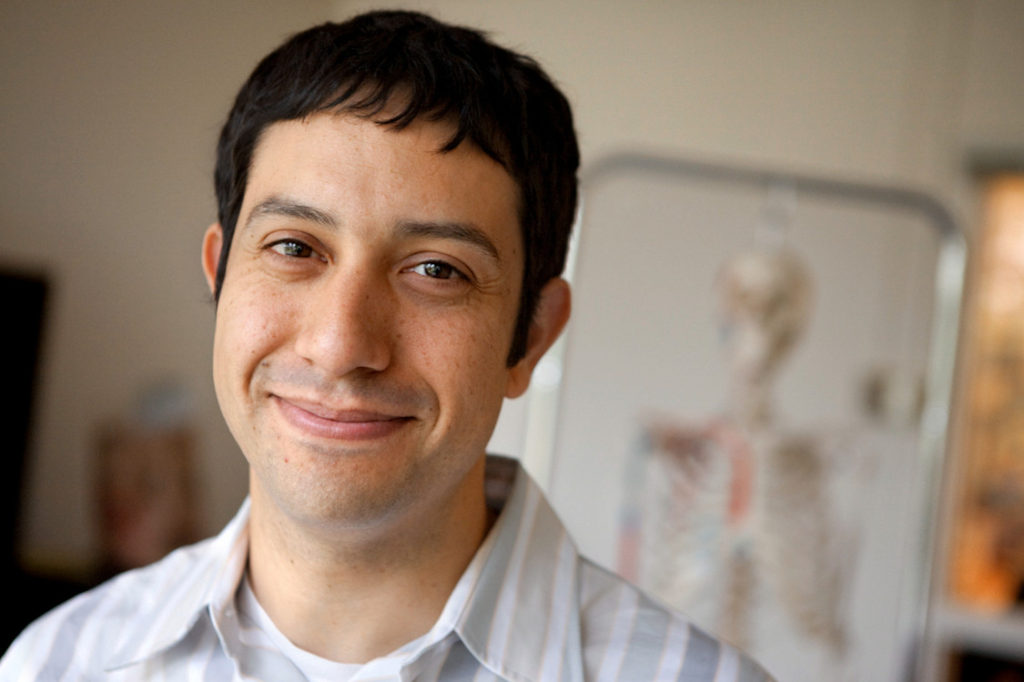Chris Hernandez, Cornell University – Bones Reveal New Engineering Secret
 Examining how bones bounce back after breaking may help us build machines.
Examining how bones bounce back after breaking may help us build machines.
Chris Hernandez, associate professor of mechanical and aerospace engineering at Cornell University, delves into how bones heal themselves and return to their original function, which could give machines in faraway places a chance to last longer without replacement parts.
Dr. Hernandez is an Associate Professor in the Sibley School of Mechanical and Aerospace Engineering and the Meinig School of Biomedical Engineering at Cornell University. Additionally he is an Adjunct Associate Scientist at the Hospital for Special Surgery. Hernandez earned a B.S. in Engineering Sciences Cum Laude with a specialty in Biomedical Engineering at Harvard University and graduate degrees in Mechanical Engineering at Stanford University. Prior to joining the faculty at Cornell University he trained as a post-doctoral fellow in Department of Orthopaedics at the Mount Sinai School of Medicine in New York and the Department of Mechanical Engineering at UC Berkeley. Hernandez served as Assistant Professor of Mechanical & Aerospace Engineering and Orthopaedic Surgery at Case Western Reserve University before joining the faculty at Cornell. Dr. Hernandez is a member of the Orthopaedic Research Society, the American Society of Mechanical Engineers, the American Society for Bone and Mineral Research, and the Biomedical Engineering Society. Dr. Hernandez serves on the Program Committee for the Orthopaedic Research Society and has served as a permanent member of an NIH study section (AMS).
Bones Reveal New Engineering Secret

Nature provides many examples of lightweight but strong materials. Bones are one of these ultra-light weight structures; pound for pound, bone tissue is as strong as stainless steel. To further improve performance, whole bones have a porous, foam-like core, kind of like modern lightweight bicycles and airplane wings.
The foam-like regions of bone is called cancellous bone and is made of a network of struts. Recently we found that cancellous bone does something unlike any man-made material. When we want a machine part to last longer, we apply surface treatments to make the surface harder than what lies beneath. Cancellous bone does just the opposite; the struts in cancellous bone actually have a softer surface.
This pattern keeps the struts from snapping when the structure is overloaded. By keeping the struts together, the structure is better able to recover its shape after being broken, in essence “bouncing back” after breaking. By bouncing back after breaking cancellous bone can heal in a shape that is much closer to its original form.
The idea that we could design structures to recover their shape after breaking is relatively new to engineering and might be extremely useful for machines used in remote locations where replacement parts are not readily available.



Chris, exellent short presentation of a New way of understanding Materials and tissues. Keep going this direction. Andreas Kurth, Frankfurt, Germany
Chris, enjoyed hearing your talk. And surprised when they announced your name this morning as the speaker, as you were Steph’s advisor. Sounds like your work is continuing to go well at Cornell. John Dux New York